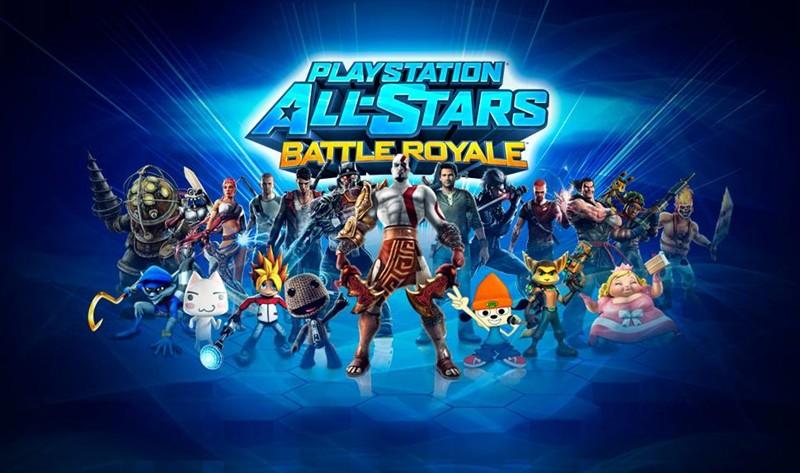 PlayStation All-Stars Battle Royale.
PlayStation All-Stars Battle Royale.
Say that five times fast.
Colloquially known as “PSASBR†or more crudely, Sony Smash Bros., this infamous title is September’s heavy hitter in the instant game collection for PlayStation Plus subscribers that own a Vita and/or PS3. Arguably it’s the best game being offered this month, even with its flaws.
Developed by Sony’s Santa Monica studio in conjunction with indie developer SuperBot Entertainment, “PSASBR†originally released back in November of 2012. SuperBot Entertainment is in actuality a Sony-created studio that was made specifically for work on this game.
From the reveal announcement to the release date, this game was the center of attention for obvious reasons. Players and press alike expected it to be Sony’s answer to the Nintendo juggernaut, Super Smash Bros. And yes, in a certain way, it was. However, expectations ultimately overshadowed the actual product and the game has since fallen into obscurity. Until now that is.
“PSASBR†contains 20 characters, all pulled in from a short list of Sony-owned titles and third-party affiliates. What this basically boils down to is having Sony stars like Kratos (God of War), Nathan Drake (Uncharted), and Cole McGrath (inFAMOUS) butt heads with Big Daddy (Bioshock), Raiden (Metal Gear Rising), and Heihachi (Tekken). All of them are unlocked from the get-go, though each character has alternate costumes that can be unlocked by playing through the game’s single-player story mode. They can also just be bought, but where’s the fun in that?
An additional four characters can also be unlocked via paid DLC: Kat (Gravity Rush), Zeus (God of War), Isaac Clarke (Dead Space), and Emmett from (Star Hawk).
In order to separate itself from its most obvious competition, “PSASBR†set up bizarre restrictions if just for the sake of differentiation. While the game does contain the standard timed and stock matches, it focuses more on combo building. At first glance, that’s nothing but a positive. Players fight one another to build up their power meters and unleash super moves. Super moves come in three stages, each more devastating than the last. The biggest flaw in this however, is the fact that super moves are the only way to get a knockout.
Knockouts equate to points and the player with the most points at the end of the match is, of course, the winner. Points aren’t shown until after the match is completed. This was done, according to the developer, in order to maintain the semblance of fun in-game. If people were to know each other’s scores while playing, they might feel discouraged to keep going if they see they’re losing too badly. It’s an understandable gesture, but not entirely necessary.
While menus shouldn’t be a big deal, a little aesthetic does go far. A nicely built menu system is always appreciated, but the ones used in “PSASBR†are devoid of any kind of creativity or interest. It makes what is supposed to be a fun game look like a business presentation. And while that has no bearing on the actual gameplay, it does somewhat hamper the excitement.
The most impressive aspect of this game is the cross-platform integration. Gamers on either PS3 or Vita can play with one another seamlessly either in person or online. On top of that, buying one version of the game gives you the other (in the case of PS+, gamers get both for free). That alone is quite a technological and financial accomplishment that should be lauded as Nintendo’s upcoming Smash Bros. game on 3DS and Wii U won’t be doing either. Say what you will of the game, Sony’s dedication is admirable even if it ends up costing them more money than it should.
Had the developers focused less on unavoidable comparisons and more on making a quality product, “PSASBR†could have been a household name among gamers. Maybe a sequel will rectify all the mistakes made this time around. For now, “PSASBR†can still be fun in spite of its flaws. There’s always a sense of merit in besting someone when restrictions are in place. The game also still has a dedicated core community, which can only grow given that it’s being offered up for free.

Leave a Reply